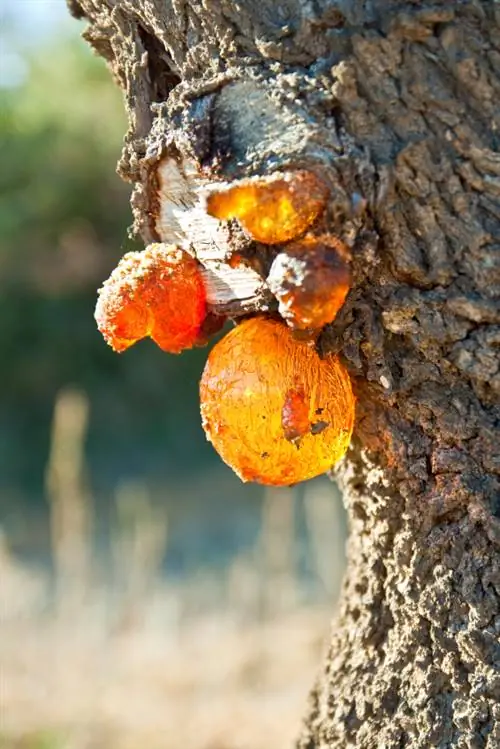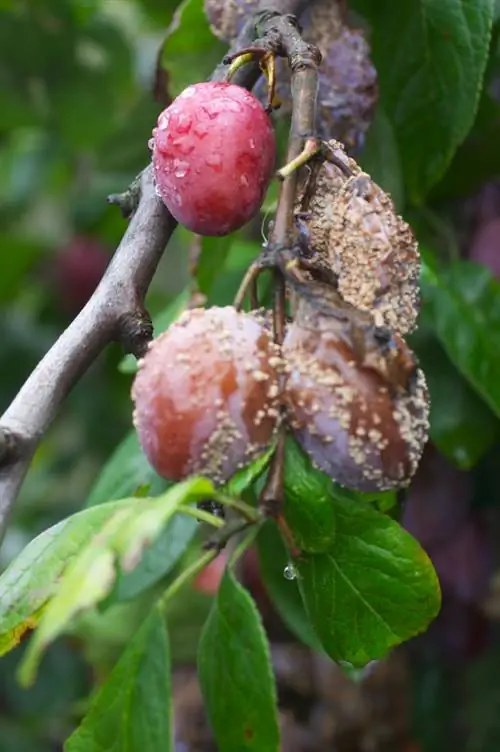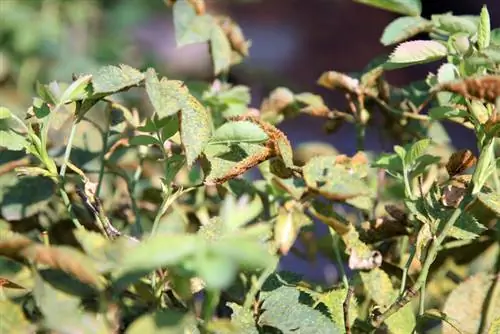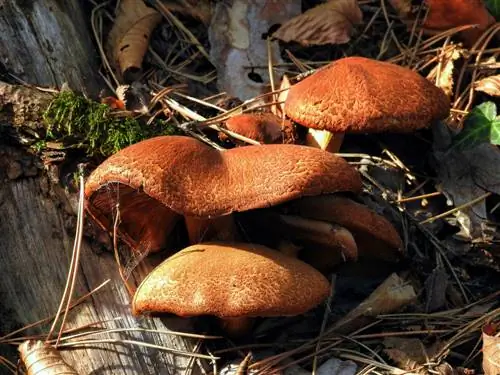- Author admin [email protected].
- Public 2023-12-16 16:46.
- Last modified 2025-01-23 11:22.
The Korean fir is naturally a robust plant that counters diseases with a he althy defense system. But in a home garden, people intervene in their lives, possibly weakening them unintentionally. Diseases then find it easier to strike.
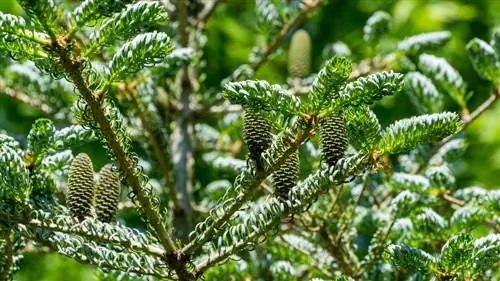
What diseases occur in Korean fir?
Korean fir diseases can be caused by fungal infections such as gray mold, needle loss due to nutrient deficiency, or pests such as mealybugs and bark lice. A he althy environment, regular inspection and appropriate care measures help keep the tree he althy.
Good living conditions for a strong fir tree
You don't have this fir tree in your garden or in a container yet, but are you thinking about planting it? Then you should know beforehand that it also depends on you how he althy the existence of the Korean fir will be.
It is important to strengthen your own resistance and not to offer pathogens a favorable habitat. This is only possible if the fir tree is given an ideal location and appropriate care. Find out about it and see if you can offer it to her.
Gray mold on the Korean fir
Gray mold is a disease caused by fungal pathogens that we most often deal with in the Korean fir. Dying young shoots are a clear sign of illness. In most cases, unfavorable living conditions promoted the disease. For example:
- too dense planting
- due to insufficient ventilation
- a heavy, compacted soil
Cut off all affected parts generously and dispose of them as residual waste. You can then use a commercial preparation (€11.00 on Amazon) to defeat the disease without leaving any residue.
Deficiencies cause needle loss
If the Korean fir gets brown needles or loses them, it does not have to be a disease caused by pathogens. With increasing age and size, every fir tree becomes bare from the inside because parts of the needles are permanently shaded. If needles also fall, you should consider the following causes:
- Nutrient deficiency, especially magnesium
- long-term lack of light
- Frost damage or drought
- Sunburn
Tip
Conduct a soil analysis to determine any nutrient deficiencies. Only then should you fertilize the fir tree cautiously with Epsom s alt. Fertilizing without necessity would actually increase the problem with the needles.
Pests are common culprits
Pests can also cause symptoms such as yellow needles, which we may be quick to mistake for a disease from a distance. If you take a closer look at the tree, you will definitely spot any evildoers present. The he althy growth of a Korean fir is primarily affected by mealybugs and bark lice.


